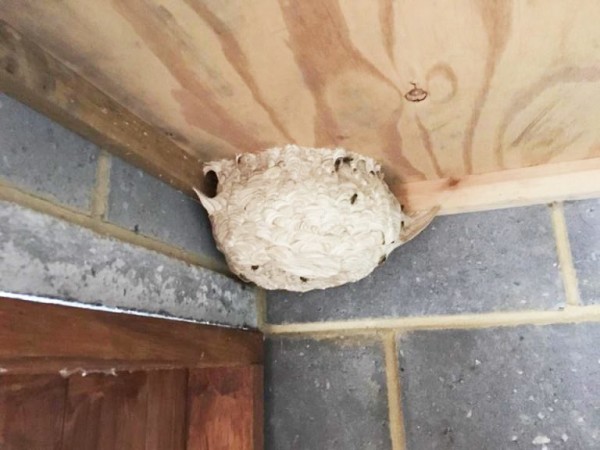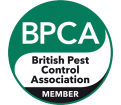Social wasps build a paper nest to house the colony. The structure of the nest is made up of hexagonal cells and individual chambers (similar to a beehive). It is unmistakable to see and also hear the traffic of buzzing wasps flying to the nest if you take a moment to observe the insects. The wasps constantly fly back and forth to forage for food and supplies, and must return to the nest to rear their young. Try to study the flight path of wasps from a safe distance, as wasps are very defensive when it comes to their nest. Another key sign of a wasp nest nearby are thin ‘white tramline lines’ on wooden garden furniture, fence panels or shed. Wasps strip the wood from fence panels and sheds to use as construction material to build their nest.
Common nesting sites
Wasps build nests where there is good a level of shelter and protection, and often found in hard to reach locations. It can be difficult to find a nest earlier in the year when the colony is at an infant stage:
- Roof spaces
- Roof eaves
- Cracks in buildings
- Inside cavity walls
- Garden shed
- Garages
- In trees, bushes and flowerbeds
- In the ground
Read our article on "How To Get Rid of A Wasp Nest" for more info.
Common entry points to the nest
In some cases, the wasp nest may not visible and located inside your home. Look out for these entry points:
- Cracks and deteriorating patches in the roof – roof tiles and slates
- Guttering
- Cracks in the wall – cable points and power lines offer enough space for wasps to enter your home.
- Vents and air bricks
Avoid unnecessary risk to your property and use wasp nest removal service.


























